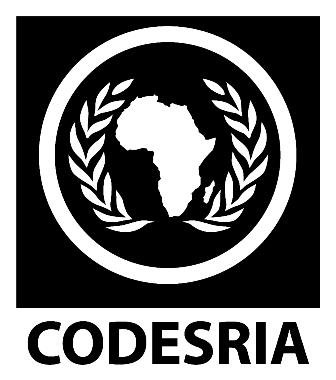Sociocultural factors influencing the use of expanded programme on immunization in the health zone of Nigeria
Keywords:
Immunization, health education, child mortality, whooping cough, NigeriaSynopsis
The overall objective of the study is· to examine the influence of sociocultural factors iri the use of the Expanded Programme on · Irrununization (EPI). Identifying certain predispo~ing f~ctors (sociocultural and ecological) and enabling factors (availability and accessibility of health facilities) which may impede or promote the.· use of health facilities and lead to promotion of the most effective means of dissemination 6f information and effective utilization of EPI facilities.
The conceptual tool is based on Health Belief Model (HBM) . The model assw-ues that prediction of health related behaviour, particularly preventive/detection health behaviour, depends mainly on two variables: ( 1) perceived susceptibility to a health condition, and ( 2) perceived seriousness of a given health problem. This varies from person to person and from gro.up to. group, and conditioned by sociocultural factors. Three local government areas (LGAs). were selected based on their cultural and ecological di versi ti~s and level of utilization of EPI. These were: Akinyele, a Yoruba Community in Oyo . State, Ika North-East LGA, an Iba Community in the upland area of Delta State and Bomadi LGA, an Ijaw Community in the riverine area of Del ta State. Pilot study revealed thai Akinyele, defin~d as a success area, had more than 90% coverage · of EPI target population while Ika North-East and Bomadi; defined· as less successful, reported under 60% coverage of EPI target population.
The study was conducted between May, 1993 and February, 1994. Data collection involved three phases: (1) an indepth
interview of 120 key informants (40 from each LGA); followed by (2) · 36 fa°cus group discussions. (FGDs) (6 in each LGA) with
a total of 180 participants; an_d (3) structured interviews whic~ ihvolved 1,554 female household respondent~; these are individuals who have given birth to, at least, a chil9 in the last 5 years. These techniques were supplemented with clinical case study of 50 children born in each LGA in order to examine the sociocultural characteristics of mothers of well and poorly immunized children.
The study revealed that majority of children aged 12-23 months (90%) were fully imnunized in Akinyele, tinlike Ika and Bomadi. where· 54. 9% · and 55. 6% were immunized respectively.
Al though . statistical test shows significant relationships between sociocultural factors and the use of EPI, nevertheless, the most striking feature of the studj is the fact that where _intervention programmes (enabling fac;tors) are effected as in Akinyele, tpe influence of sociocultural factors as barriers was greatly red~ced. Hence, the:i;e is no substantial dif(erence between Ika and Bomadi despite their differential sociocultural and ecological backgrounds. The:i;.efore, · the formulation of · appropriate intervention programme . is of considerable importance for effective utilization of health facilities and for the a6hievement of health for all by the year 2000.
Downloads






